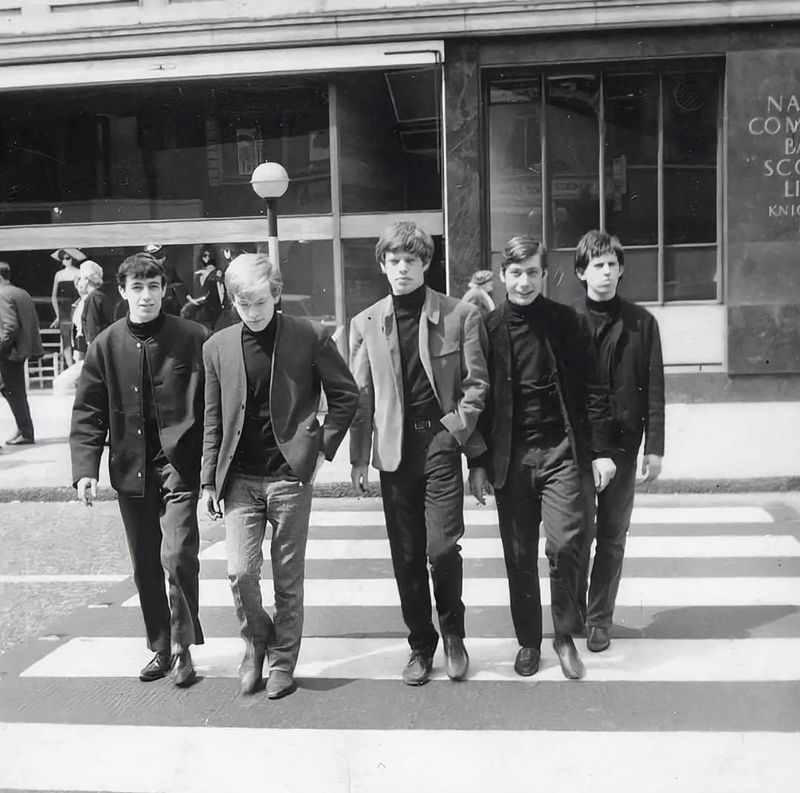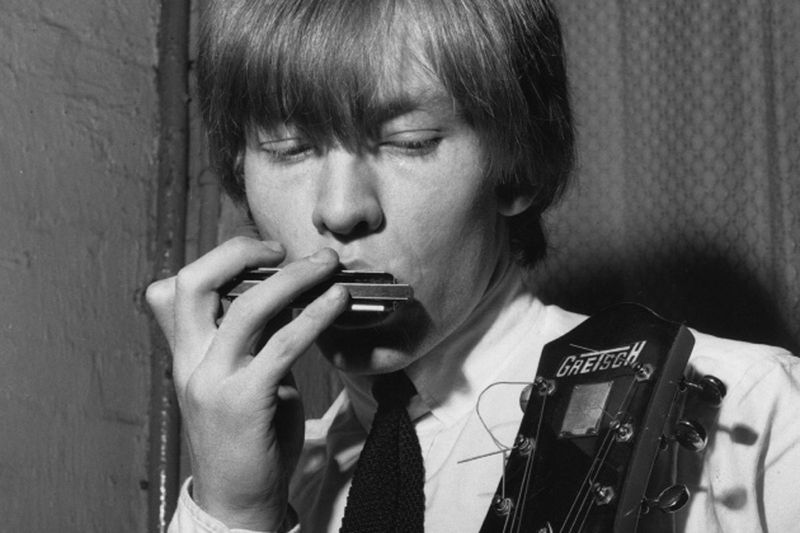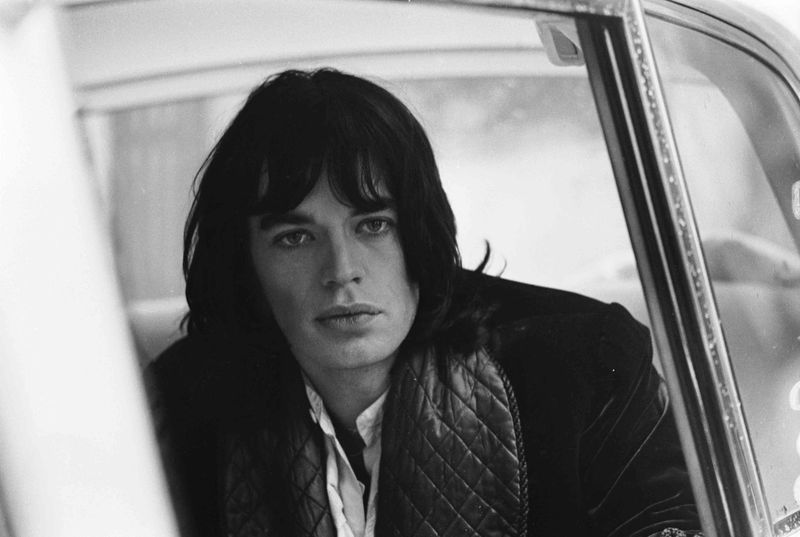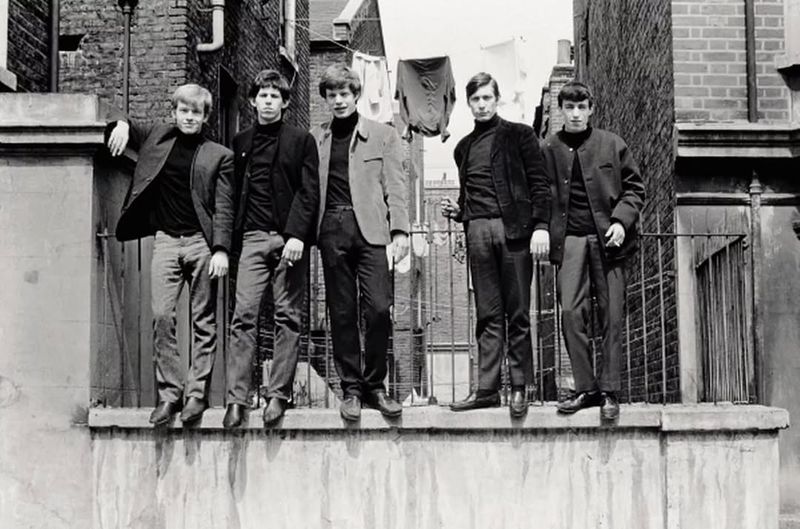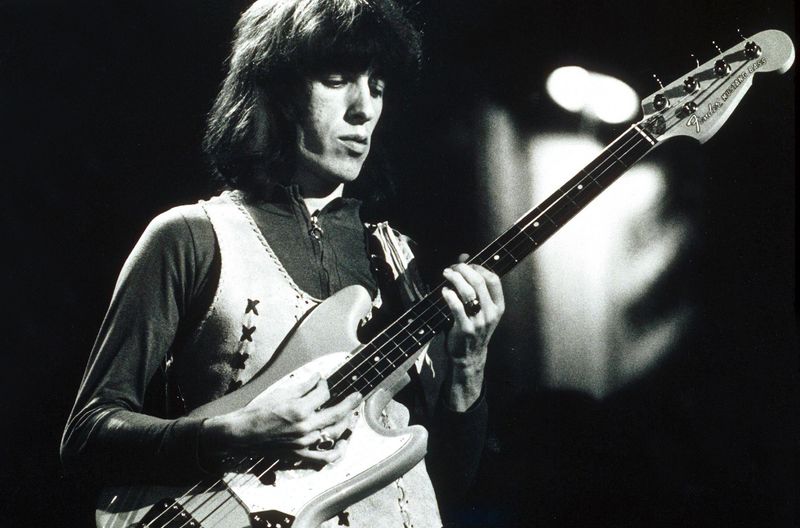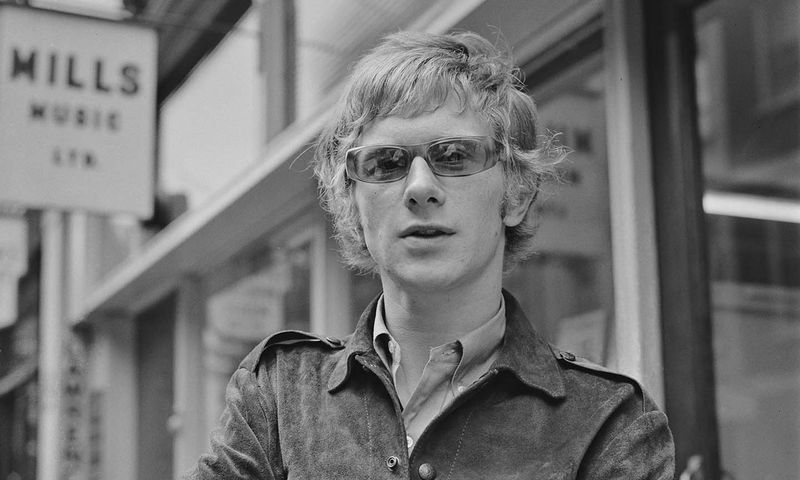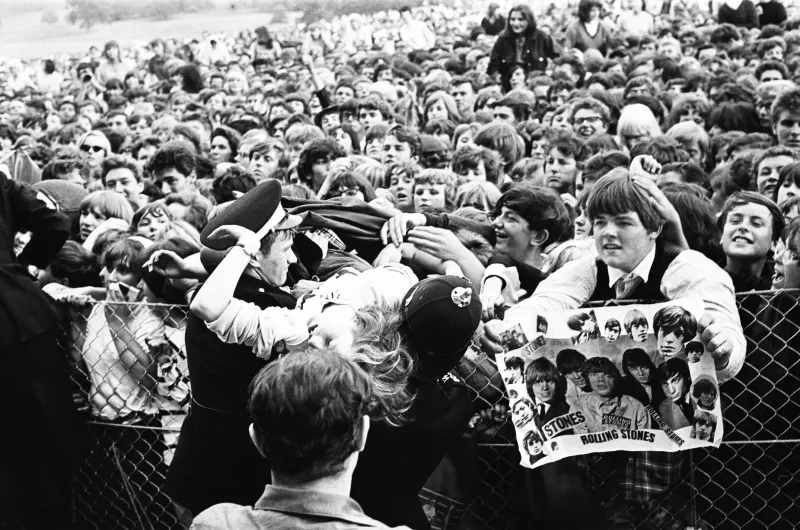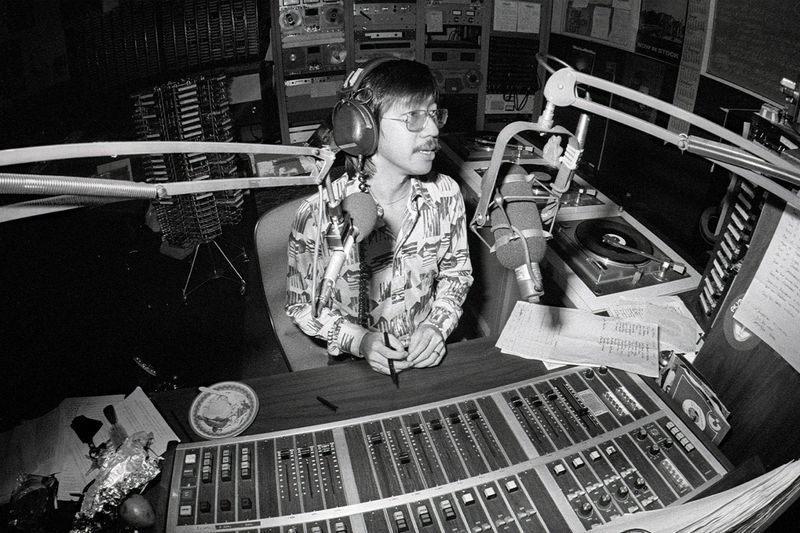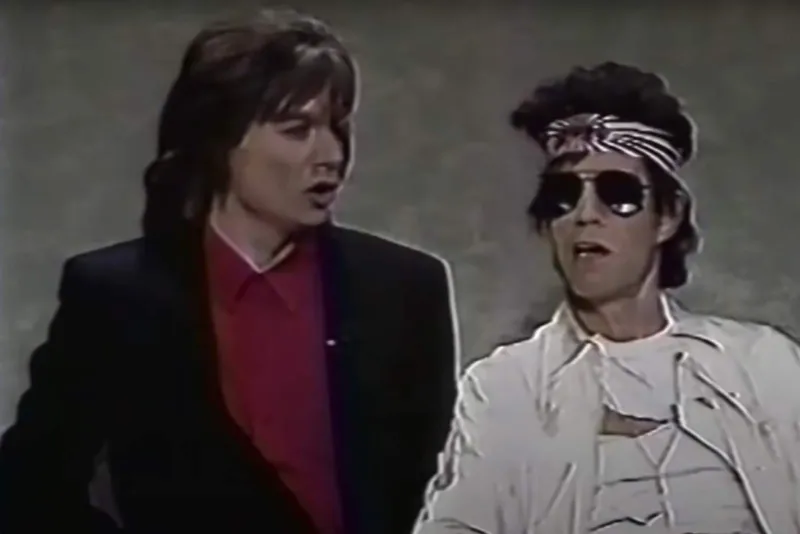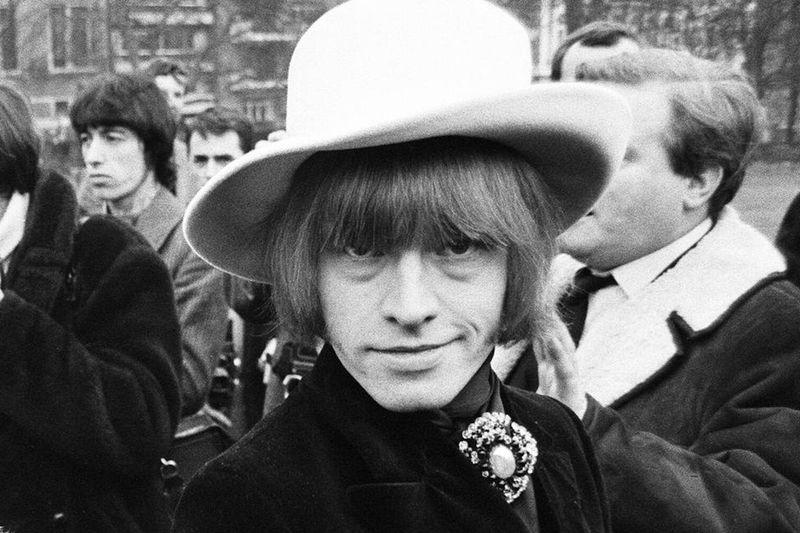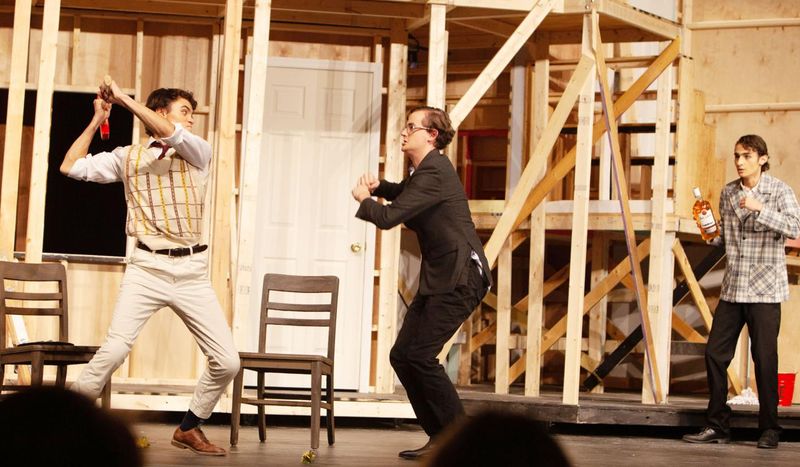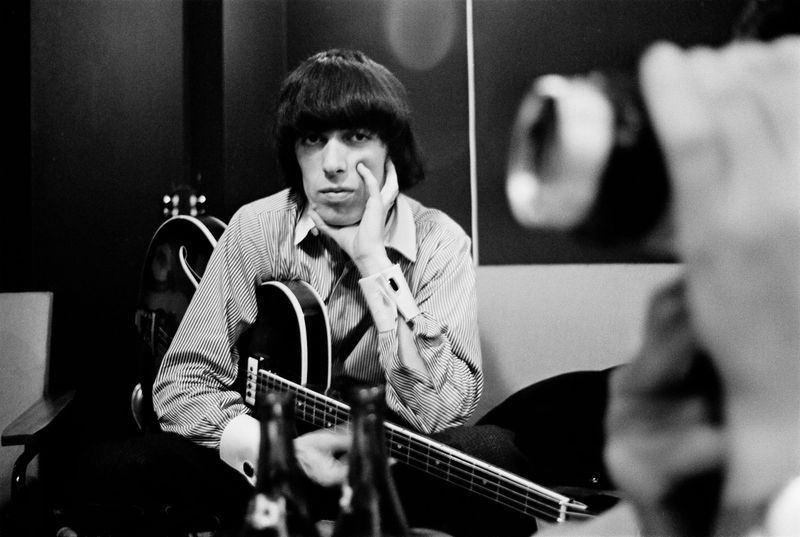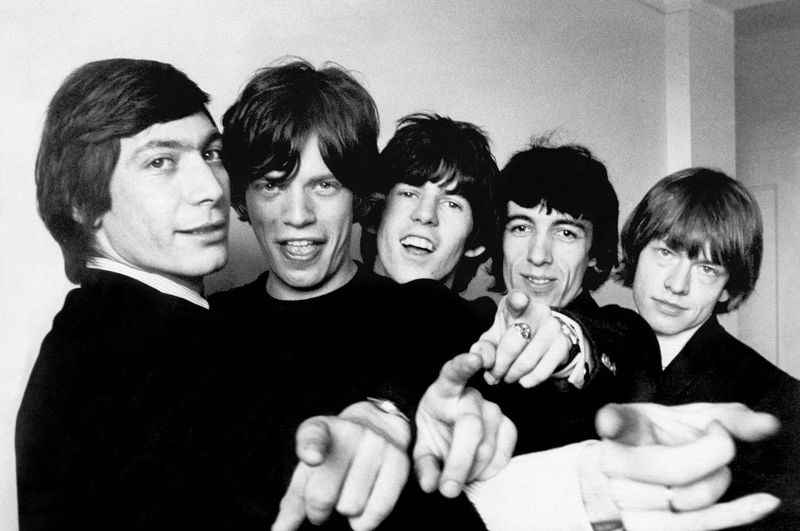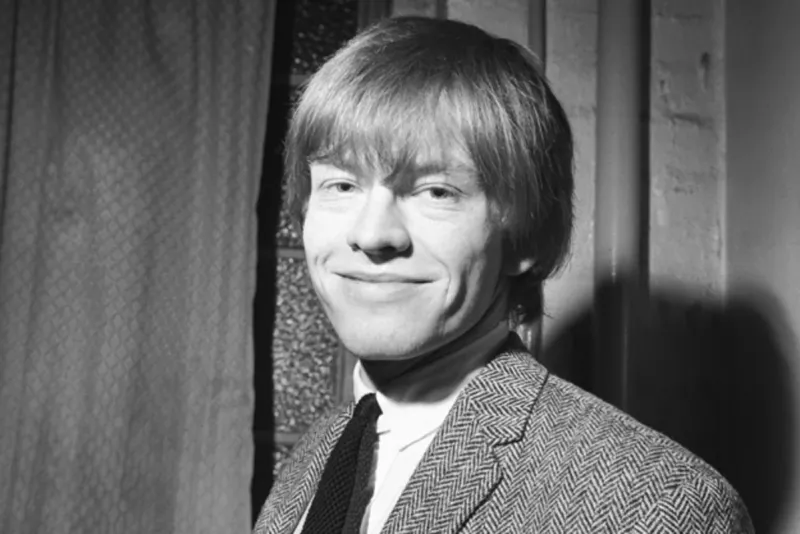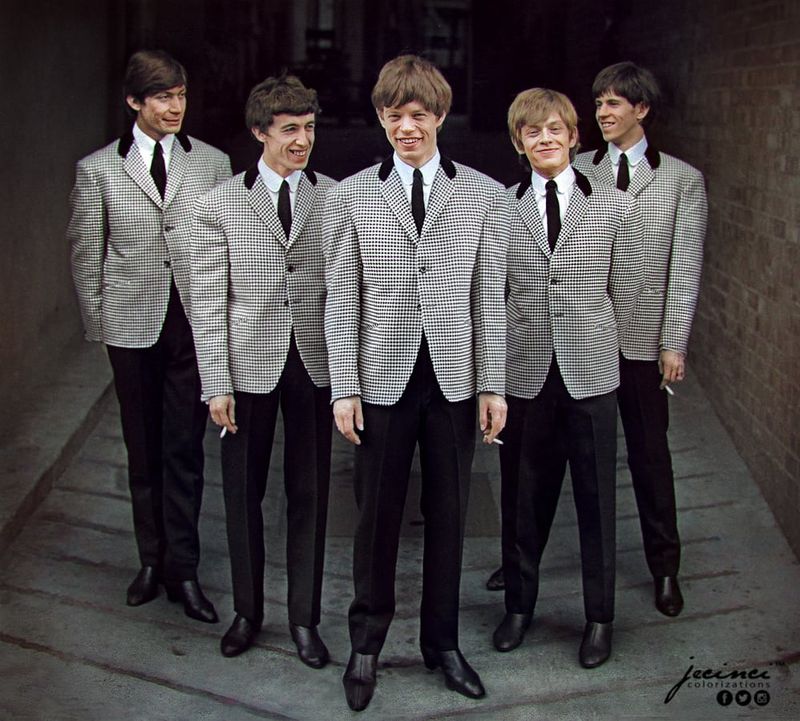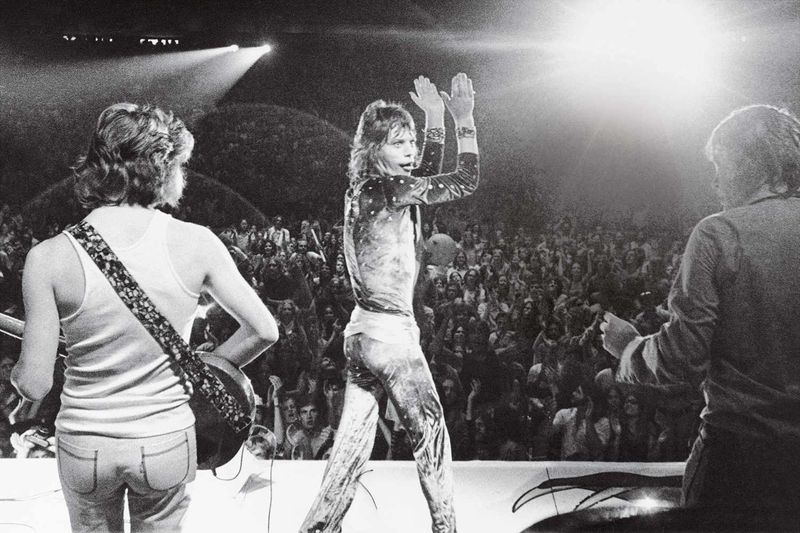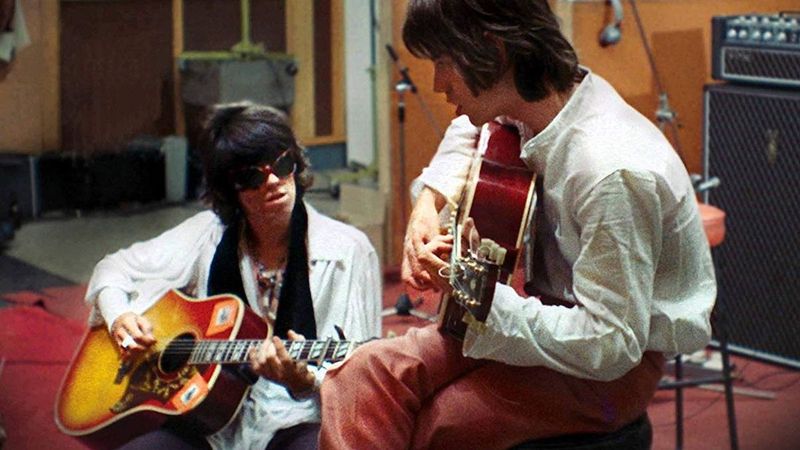19 Rare And Amazing Pictures Of The Early Days Of The Rolling Stones
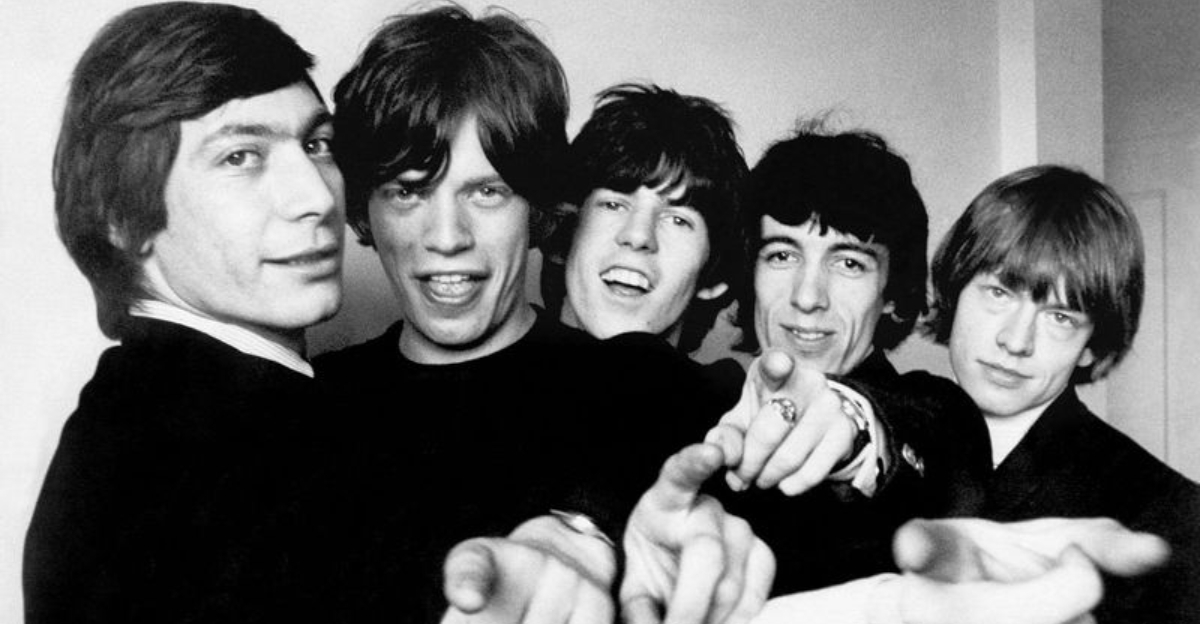
Some bands play music. The Rolling Stones? They lived it. They weren’t just part of rock and roll history—they made it.
From their scruffy beginnings in London to global superstardom, their journey was messy, wild, and unforgettable.
These rare photos? They’re time machines. Snapshots of a band before the legend, before the stadiums, before the world started calling them “the greatest rock and roll band of all time.”
Let’s roll back the clock and step into the early days of the Stones.
1. Streets of London, 1963
London was their jungle. The pubs, the clubs, the smoky basements where music pulsed through the walls—that was home. In a candid shot from 1963, the young Stones strut through the streets, looking like trouble. And they were.
Mick, with that mischievous grin. Keith, already oozing cool. Brian, stylish as ever. They weren’t just a band. They were the brand.
People turned heads. Some whispered, “Who are these guys?” Others already knew: The future of rock and roll just walked by.
2. Keith Richards with Guitars
Keith Richards and his guitar? A love story stronger than most marriages.
Back then, his collection was small, but his passion was massive. He played like his life depended on it—because, in a way, it did.
He wasn’t about fancy tricks or show-off solos. Just raw, dirty, blues-infused riffs that made the world feel something. The kind of sound that makes you scrunch your face and say, Oh, that’s nasty—in the best way.
3. Brian Jones’ Harmonica Session
Brian Jones was a magician. Give him an instrument, and he’d make it sing. But with a harmonica? He was unstoppable.
In this photo, he’s mid-session, eyes closed, lost in the blues. He didn’t just play—he felt it. The kind of sound that makes you want to sit in a dimly lit bar, swirl your drink, and rethink your life choices.
The Stones had an attitude. But Brian? He had a soul.
4. Mick Jagger’s Early Portrait
Before he was Mick Jagger, the legend, he was just Mick—a skinny kid with an oversized mouth and a dream bigger than London itself.
This early portrait captures it all. The smirk. The messy hair. The look that says, “I’m about to take over the world—you just don’t know it yet.”
Spoiler alert: He did. And with that swagger, that voice, and a restless energy that never faded, he became the ultimate frontman—one who still commands the stage decades later.
5. The Stones at Embankment
Even rock gods need a breather.
A 1964 shot captures the band by the River Thames, taking a rare moment of peace. The world was moving fast, but here, they paused. No screaming fans. No flashing cameras. Just a group of young men, staring at the water, wondering what was next.
Little did they know—what was next was history in the making.
6. Bill Wyman, the Bassist
Bill Wyman was the band’s backbone. The steady one. The guy who kept the chaos from spiraling out of control.
While Mick pranced and Keith shredded, Bill held it all together. His bass lines were smooth, solid, unshakable—like the friend who always pays for gas on a road trip.
Every great band needs one. The Stones had Bill.
7. Manager Andrew Oldham’s Vision
Behind every wild band is a genius pulling the strings. For the Stones, that was Andrew Loog Oldham.
A young, fearless manager with a vision: These boys aren’t just a band. They’re a revolution.
For four whirlwind years (1963–1967), he shaped their image, fueled the controversy, and turned rebellion into a brand. He made sure they weren’t just The Beatles’ scruffy cousins.
And guess what? It worked.
8. Charlie’s Signature Drum Beat
Charlie Watts didn’t need flashy drum solos. He was steady, unshakable. In a 1964 shot, he’s fully focused, eyes on the drums, oblivious to the madness around him.
A jazz lover at heart, Watts brought a swing and sophistication to rock and roll that few drummers could match.
Keith once said, Charlie Watts is the engine. Without him, there’s no Rolling Stones. He wasn’t wrong.
For nearly 60 years, Charlie kept the Stones rolling, his quiet cool and impeccable rhythm making him one of the greatest drummers of all time.
9. Fan Frenzy
In the ‘60s, if you wanted to witness pure chaos, you just had to step into a Rolling Stones concert.
A 1965 photo freezes the madness—girls collapsing, banners flying, security struggling to keep control. The world had seen Beatlemania. Now? It was Stones-mania, louder and wilder.
The difference?
The Beatles were charming. The Stones were dangerous. And that danger was intoxicating. At some shows, crowds surged beyond 50,000 screaming fans, desperate for a glimpse, a touch, a moment with rock and roll’s ultimate bad boys.
10. Recording Studio Magic
A black-and-white shot shows Mick at the mic. These weren’t just songs—they were time bombs, ready to explode.
And explode they did.
At Regent Sound Studios in London, their first recording home, the Stones bottled their raw, bluesy energy. A tiny, low-budget studio with a single recording booth, it became the birthplace of their unmistakable sound.
11. Mick and Keith on TV
Their first time on TV was electric.
A grainy image captures young Mick and Keith, fresh-faced but already owning the stage. The world wasn’t quite ready. But the Stones? They were more than ready.
Their TV debut came on Thank Your Lucky Stars, a British music show that introduced them to the nation. It wasn’t just a performance—it was a warning: Get used to us. We’re not going anywhere.
12. A Close-Up of Brian Jones
Brian wasn’t just a musician—he was a mystery.
A 1964 close-up shows him deep in thought, lost in his own world. He saw and felt music differently, and that’s why the Stones sounded unique.
As a founding member, he shaped their sound. From the slide guitar on I Wanna Be Your Man to the sitar on Paint It, Black, Brian introduced influences no other rock band was using.
13. Raucous Rehearsals
Rehearsals were loud. Messy. Explosive.
They rehearsed in the smoky rooms of Olympic Studios and later in Ronnie’s house in Richmond.
Tensions ran high, egos clashed, but that was the magic. The result? Pure rock and roll alchemy.
These weren’t just practice sessions. They were battlegrounds—where chaos turned into greatness and every riff, every beat, every lyric was fought for.
14. Bill Wyman in the Spotlight
Bill didn’t need the spotlight.
No jumping around, no showing off—just solid, steady playing. And that was enough.
The band’s historian, he remembered every gig, session, and wild night. While the others chased fame, Bill quietly took it all in, keeping the band’s pulse in more ways than one.
15. The Stones and Their Manager
A black-and-white 1965 photo captures the band with Oldham, huddled together, deep in conversation.
Decisions were being made. Careers were being shaped. Every word carried weight, every glance held meaning. They weren’t just planning their next move—they were building a revolution.
And one thing was clear—this wasn’t just any rock band. This was the rock band, the one that would define generations.
16. Brian Jones’ Fashion Flair
Before rock stars had stylists, they had Brian Jones.
A snapshot of him strutting through London proves it. He didn’t follow trends. He set them.
From velvet jackets and ruffled shirts to fur coats and wide-brimmed hats, Brian’s look was as bold as his music.
Even now, people copy his style. That’s not just fashion. That’s the influence
17. First TV Appearance
The Rolling Stones on TV? Game over.
A black-and-white image captures the moment.
Behind the swagger, there were nerves. Before their 1963 debut on Thank Your Lucky Stars—a hugely popular British music show that ran for 30 minutes per episode. Mick and the boys were jittery. Keith later admitted they were terrified they’d blow it.
They didn’t. Instead, they kicked open the door to a new era of rock ‘n’ roll.
18. The Stones on Tour
A tour bus. A pile of suitcases. Five guys ready to take on the world.
The Rolling Stones embarked on their first American tour from June 5 to June 20, 1964, performing 11 shows across the United States.
In 1964, The Rolling Stones played for just 600 people in Detroit—years later, they were packing stadiums with 50,000 fans.
19. Keith and Mick’s Songwriting
One picture says it all—Mick and Keith, heads together, guitars in hand.
The songs they wrote? Legendary. Chemistry? Unmatched.
Friends since childhood, their bond stretched over six decades, surviving feuds, fame, and the ever-changing world of rock and roll.
Some friendships make history. Theirs rewrote it.

